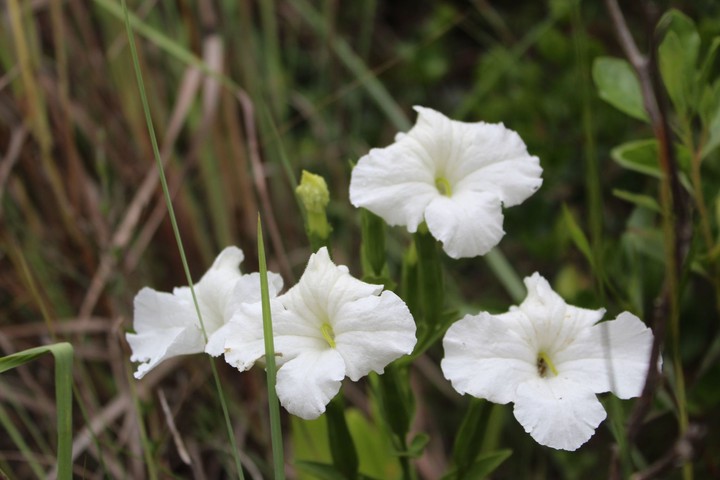Effects of root hemiparasite Escobedia grandiflora (Orobanchaceae) on southern Brazilian grasslands- Diversity, composition, and functional groups
 Image credit: Nicolas Ramirez, CC BY-SA 4.0 https://creativecommons.org/licenses/by-sa/4.0, via Wikimedia Commons
Image credit: Nicolas Ramirez, CC BY-SA 4.0 https://creativecommons.org/licenses/by-sa/4.0, via Wikimedia Commons
Abstract
Escobedia grandiflora is a root hemiparasite from Central and South America, and its orange roots are used as a phytomedicine and food coloring. Since root hemiparasites from South America have not been extensively investigated, here, in the first study conducted on a Latin American root hemiparasite species, we investigated how Escobedia grandiflora affects the structure and diversity of plant communities in four locations in southern Brazil, all belonging to the Atlantic Forest biome. Specifically, we asked if the presence of the hemiparasite would (a) affect plant species composition; (b) influence the plant diversity; and (c) influence the percentage cover of dominant plant species. We conducted a paired quadrat, i.e., with and without hemiparasite, observational study in four locations in southern Brazil. For each quadrat, species composition and percentage of the vegetative cover of each species were visually evaluated. Species composition differed between quadrats with and without E. grandiflora. Quadrats with E. grandiflora showed higher species richness, Shannon’s diversity, and Pielou’s evenness. These results varied also among functional groups. Furthermore, the percentage of dominant species decreased in the presence of E. grandiflora. There is a clear association between the neotropical root hemiparasite E. grandiflora and the grassland plant community structure. Higher plant diversity, dominance reduction, and changes in species composition are associated with the presence of this perennial hemiparasite. These findings were consistent among four grasslands with markedly different physiognomies. However, future manipulative experiments are necessary to fully disentangle the cause/effect relation between higher plant diversity and the presence of Escobedia grandiflora.